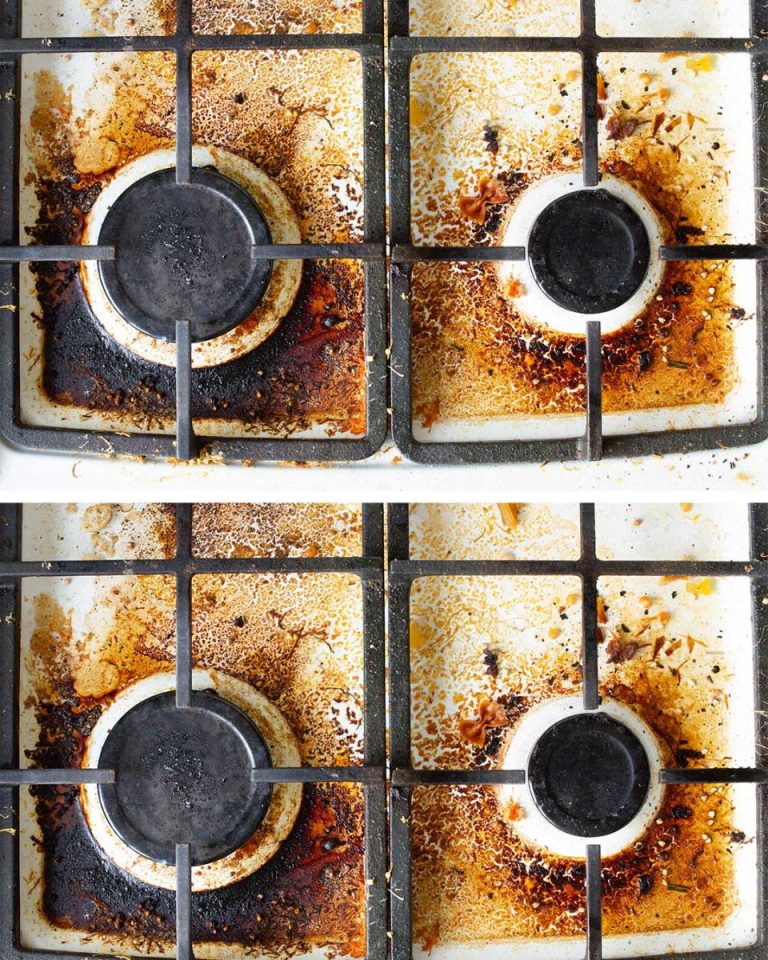ADVERTISEMENT
There’s something truly delightful about having a partner who loves to cook. The aroma of sizzling ingredients, the anticipation of a delicious meal, and the joy of sharing a home-cooked dish together are all wonderful experiences. However, with the joy of hubby’s culinary creations often comes the inevitable challenge: the aftermath of grease splatters and oily surfaces that seem to coat every corner of the kitchen. While his cooking might be great, dealing with the greasy aftermath can be daunting. But fear not, with a little know-how and the right approach, you can tackle this mess efficiently.
Understanding the Grease Problem: Why It Happens
Grease is a natural byproduct of cooking, especially when frying or sautéing. It occurs when fats from oils or meats are heated and become airborne, eventually settling on surfaces. The problem is exacerbated by high heat and the lack of proper ventilation. Grease can adhere to surfaces like countertops, stovetops, and even walls, creating a sticky, stubborn residue that’s challenging to remove. Understanding why grease accumulates can help in devising effective strategies to clean it up.
Assessing the Aftermath: Identifying Grease Hotspots
After a cooking session, it’s important to assess the kitchen to identify where the grease has settled. Common hotspots include the stovetop, backsplash, countertops, and the range hood. Don’t forget less obvious areas like cabinet doors, light switches, and even the floor. By pinpointing these areas, you can focus your cleaning efforts more effectively and ensure no spot is left untouched.
Essential Tools and Supplies for Grease Cleanup
To tackle grease effectively, you’ll need the right tools and supplies. Essential items include degreasing sprays or solutions, microfiber cloths, sponges, a scrub brush, and a bucket of warm soapy water. Baking soda and vinegar are also excellent natural cleaning agents. Additionally, having a good pair of rubber gloves will protect your hands during the cleaning process.
Step-by-Step Guide to Tackling Grease on the Stove
Start by removing any removable parts of the stove, such as burner grates and knobs, and soak them in warm soapy water. Spray a degreaser on the stovetop and let it sit for a few minutes to break down the grease. Use a scrub brush or sponge to scrub away the residue, paying special attention to corners and crevices. Wipe down the surface with a damp cloth to remove any remaining cleaner, and dry it with a clean towel.
Effective Methods for Cleaning Grease Off Kitchen Surfaces
see continuation on next page
ADVERTISEMENT
